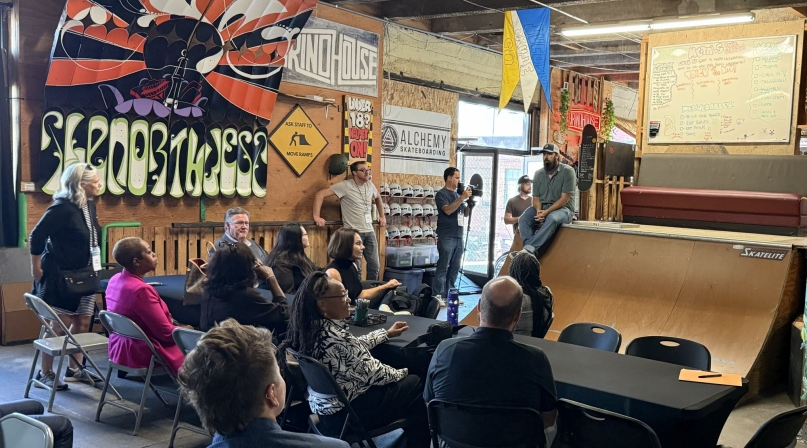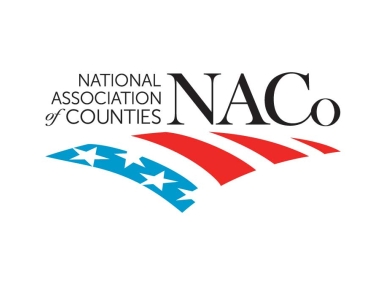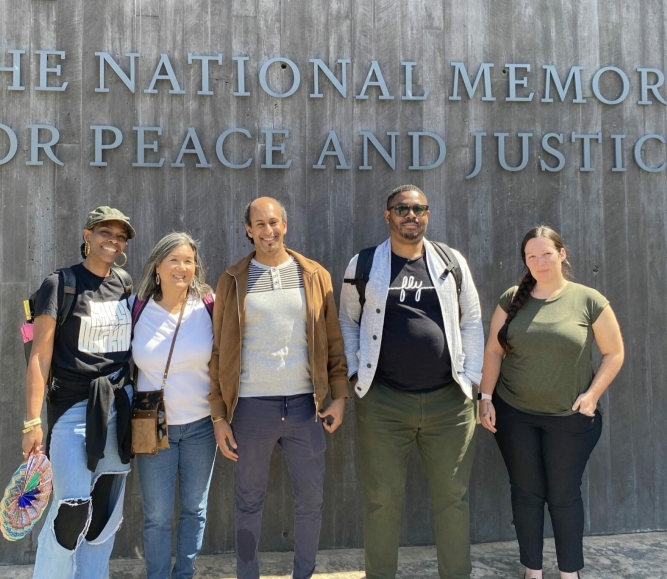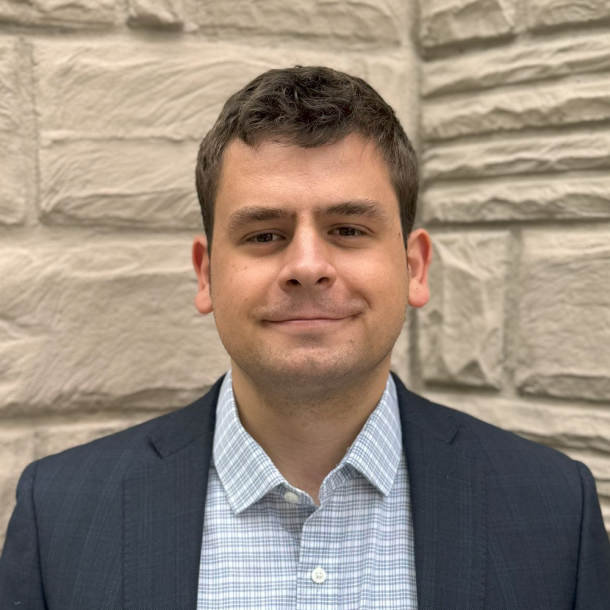New approach transforms youth justice in Pierce County

Key Takeaways
Twenty-five years ago, Remann Hall Juvenile Detention Center was overcrowded, housing an average of 163 youths under conditions that were widely considered inadequate. Pierce County, Wash.’s juvenile justice system faced a pivotal decision.
“Either we build a new jail to house kids, or we change the way we do business,” said TJ Bohl, who has served as juvenile court administrator since 2000.
In a hallmark collaborative approach, the county council, county executive and judges — whom Bohl described as “courageous” in their decision — chose the latter.
The county partnered with The Annie E. Casey Foundation to become a Juvenile Detention Alternatives Initiative (JDAI) site and by 2003, had closed a portion of Remann Hall and reinvested funds into community-based alternatives to detention.
In September, Bohl welcomed participants of NACo’s Fall 2025 Youth Justice Peer Exchange to Pierce County to learn from that pivotal decision in 2000. Since then, Pierce County has achieved an 88% reduction in youth detention — even as the county’s overall population has grown by approximately 30% over the same period. Today, Pierce County serves as a nationally recognized leader in youth justice, driven by its commitment to alternatives to detention, evidence-based practices and deep community engagement.
Diversion accounted for 54% of all case outcomes in 2024. The goal, said Kathleen Holand, early intervention supervisor, is to make diversion and alternatives to detention “so attractive” that it becomes the preferred option for youth and the prosecutors that handle their cases. Of the youth diverted in 2024, 80% did not reoffend.
For youth under traditional community supervision, Pierce County has introduced Opportunity Based Probation (OBP), a new juvenile probation model co-created with researchers at the University of Washington. Grounded in adolescent brain research, OBP emphasizes positive incentives and rewards over punitive measures.
Youth set achievable short-term goals and outline action steps that build responsibility and self-efficacy. Progress is tracked through a points system based on goal completion, attendance and active participation. Points can be redeemed for meaningful rewards such as food, gift cards, movie tickets and other experiences. Youth who reach 30 points, meet all probation requirements and demonstrate behavioral change may qualify for early graduation from probation.
OBP began as a pilot program involving a small group of staff and youth. Early implementation focused on testing the model and gathering feedback. As data showed improved outcomes- such as reduced recidivism and increased engagement- support grew. Youth, families and staff reported meaningful improvements, helping build trust among long-tenured probation counselors. Judges also showed confidence in OBP by approving early releases, signaling belief in the model’s effectiveness.
Pierce County’s progress and success is not only thanks to the mission-driven dedication of Juvenile Court staff, but also by the vital role played by community partners across the county. These organizations receive referrals from the county for court-involved youth and work collaboratively through an internal network known as the Youth Serving Agencies Network (YSAN).
YSAN was established in 2018 with just eight members organizations. It has grown to include 31 organizations that offer a wide range of youth development programming including glass blowing, boat building, tutoring and more. Through sustained engagement, youth are strategically matched with programs that align with their interests and needs, fostering meaningful growth and connection.
Taylor Woodruff, executive director of YSAN member organization Alchemy Skateboarding— which offers community-based programming for court-involved youth centered around skateboarding and manufacturing skills — described his role both within Alchemy and YSAN as similar to a hotel concierge, helping young people navigate available resources and opportunities.
The collaboration goes beyond “sending a hyperlink or writing down a phone number for a kid” for something they’re interested in, he noted. Instead, this proactive approach fosters meaningful connections and ensures youth don’t fall through the cracks.
"Community partnerships are the key to our success," Bohl said.
These partnerships not only reduce out-of-home placements — saving taxpayer dollars — but also ensure that, upon completing probation or diversion, youth have a safe place to go.
The scale and impact of community organizations have grown significantly in recent years driven in large part by Tacoma Creates — a 0.1% sales tax approved by the Tacoma City Council and voters in 2018 that provides dedicated funding to expand access and programming for underserved youth. In FY24 alone approximately $5.8 million was awarded to 65 organizations. Woodruff noted that many of these groups wouldn’t be able to operate- or grow- without this critical support.
A similar effort is underway in neighboring King County, where the County Council recently approved the Doors Open levy, projected to generate nearly $800 million over the next seven years, beginning in January 2026, supporting more than 500 organizations- many of which support youth.
In Pierce County, discussions around additional funding mechanisms for public safety and youth justice are ongoing. In August, County Executive Ryan Mello launched a 15-member juvenile justice task force, which includes county officials, nonprofit leaders and individuals with lived experiences to explore and make recommendations on the creation and funding possibilities for a new juvenile detention center.
Pierce County’s journey demonstrates that bold choices and deep collaboration can transform systems once rooted in punishment into ones grounded in possibility. When communities invest in youth, they don’t just change outcomes — they change lives.
Related News

States file lawsuit challenging FEMA’s new rules on emergency management grants
On November 4, a coalition of 12 states filed a lawsuit against the U.S. Department of Homeland Security (DHS) and the Federal Emergency Management Agency (FEMA), alleging that recent changes to key emergency management grants are unlawful and could disrupt state and local preparedness efforts.

County Leaders Advocate for FEMA Act in Visit to Washington, D.C.
Nearly two dozen county leaders from 15 states are in attendance this week at a National Association of Counties (NACo) fly-in focused on disaster reform.

Senate passes Second Chance Act reauthorization
On May 22, the Second Chance Reauthorization Act of 2025 (H.R. 3552/S.1843) was introduced in the U.S. Senate and the U.S. House of Representatives with robust bipartisan support. NACo supports this legislation, which would reauthorize funding for Second Chance Act (P.L. 110-199) programs through 2030.
County News
Santa Clara County celebrates Youth Justice Action Month with a youth-led model
Since 2008, U.S. Department of Justice’s Office of Juvenile Justice and Delinquency Prevention has made National Youth Justice Action Month an annual campaign to raise awareness to the experiences of young people and families who come into contact with the youth justice system.

